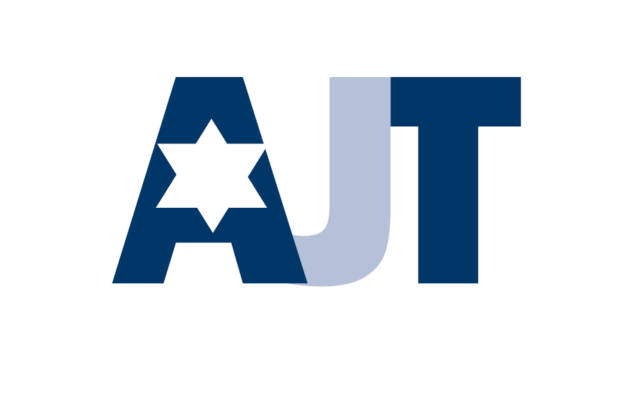Give Credit Where Tax Credit Is Due
It's time for Georgia to raise the cap for the private school scholarship program or eliminate it.
If popularity is a measure of success, Georgia has a Super Bowl winner in its tuition tax credit for private school scholarships.
The program lets you give money to a nonprofit student scholarship organization, which spreads the money among the private schools it works with or, more often, gives it all to the school you designate. You get a dollar-for-dollar credit on your state income taxes.
So many people want to participate that the program slammed into this year’s $58 million statewide cap on the tax credit Jan. 1, the first day for applications.
The appeal is clear: You can pay a certain amount to the state government to spend as it sees fit or pay the same amount and help children attend the private schools of their choice.
The ALEF Fund, the Jewish Federation of Greater Atlanta’s student scholarship organization, submitted $4.9 million in tax credit applications from more than 1,500 taxpayers on Day 1, up from nearly $4.2 million by the time the state hit last year’s cap Jan. 22, fund manager Allison Feldman said. State Department of Revenue figures show less than $2.4 million in approved tax credits for about 1,100 donors a year earlier.
Feldman credited the growth to the promotional efforts of the 10 Jewish preschools and five Jewish day schools the fund works. (Some Jewish schools, including Torah Day School and Yeshiva Ohr Yisrael, participate in the tax credit program through the larger Apogee Scholarship Fund.)
“This program is a huge benefit to our schools,” Feldman said. “It really helps them to help our families.”
The impact varies. At Davis Academy, about 100 of the nearly 600 students receive tuition aid through the ALEF Fund, Head of School Amy Shafron said. At the Congregation Dor Tamid preschool, only one of 14 pupils receives ALEF money, but director Rabbi Lauren Cohn hopes the fund will help the preschool grow.
Growth, however, is the big problem. Because all qualified tax credit applications from Jan. 1 will be approved, the state will have to prorate them — reduce the amount of each tax credit — to keep the total at $58 million.
So individuals who wanted to give the maximum of $1,000 and married couples who tried to give the maximum of $2,500 won’t be able to. They may, of course, donate all they want directly to the schools of their choice, but they won’t get the tax credits that drive the program and might not be able or willing to absorb the financial hit. Some donors, after suffering proration this year, might skip the program next year.
More important than the impact on the donors is the impact on the schools and students. Every dollar a donor can’t give is a dollar Jewish schools and families must find elsewhere to cover tuition bills that can top $24,000.
H.B. 35 from Rep. Earl Ehrhart (R-Powder Springs) would solve the problem by raising the cap to $250 million.
Critics say the entire program is wrongheaded because education money should go through the state. They claim that the program benefits the well-off because, for example, Department of Revenue figures show that 201 of the 226 families who received ALEF Fund scholarships two years ago had incomes in the top half of Georgia families. Never mind that the larger size of beneficiary families and the higher incomes and cost of living in the Atlanta area distort such statistics.
Gov. Nathan Deal, meanwhile, is launching school-choice initiatives to improve Georgia education, and we can’t imagine any effort through the Department of Education that could do a better job than the scholarship tax credit.
It’s time for the General Assembly to make its school choice: Either abolish a program that works so the money can be wasted on bureaucracy and untried alternatives, or give the program the cap space to grow as Georgians want and need it to.
Nearly $5 million in ALEF Fund pledges this year, more than $11 million in donations since 2008, and the additional money sent to schools outside the ALEF Fund show that the Jewish community has made its choice: Raise the cap.




comments